THE SHAPING OF THE MODERN MIND BY CRANE BRINTON (BOOK REVIEW AND RECOMMENDATION)
Hello, how are you doing? Today we're reviewing a non fiction book- The Shaping of the Modern Mind. Book reviews and recommendations are an essential aspect of my blog, but usually my reading choices lean towards fiction, mostly fine literature. However, today I'll be reviewing a book that could be labelled as an academical reading belonging to humanities. As someone who studied literature, this is right up my alley. The book is academical, but it's not hard to follow. Moreover, it's not very long either. It's not a comprehensive survey of modern thought, but it's an useful guidebook. This was also my first book by this author. I think I'll try and read more of him in the future. I should try and read more non fiction! How about you? Do you prefer fiction or non fiction?
How to read more and/or transform yourself into a person that reads on daily basis? Learn these 7 reading strategies!
I picked up this book at a vintage bookshop in Split. The books in this bookshop are not advertised as vintage but mostly they are old. There might be an occasional new addition, but mostly they are quite old. If you're a reader of my blog, you'd know that I love old books. Well, calling this place a bookshop is also perhaps a bit of a stretch. It's basically something like a small garage, and there's this guy that sells the stuff- when he is there. If he isn't there, you can forget about it. Needless to say, you can pay only in cash and don't expect a receipt. It's basically a long-term garage book sale.
However, this Spring I was extremely fortunate. I made several visits to this improvised bookshop and I found so many amazing books there. This is one of them. I'm certainly glad I picked The Shaping of the Modern Mind. Written by Crane Briton, this book is a short historical overview of modern thought from classical times to the present. The book is composed of many interesting chapters and offers some quite fresh ideas. So, let's get to reviewing it.
VISIT STOBREČ WITH ME (CROATIA)+ WIW !
SUSTAINABLE FASHION FILES- HOW I WORE IT BEFORE ?
THE RED BLAZER- LAST WORN HERE IN SPLIT.
SEE ALSO PLUS 30 WAYS TO WEAR IT!
THE BLACK MIDI DRESS- SEE HOW I STYLED AND ILLUSTRATED THIS DRESS HERE
See ALSO how I wore it here , HERE and here.
THE BLACK STILETTO HEELS- HERE
THE BLACK BELT BAG- HERE
LET'S NOT FORGET ACCESSORIES!
THE RED NECKLACE WITH A CERAMIC PEDANT- gift from an Italian friend, see how I styled it HERE.
THE SPUNGE RED ADRIATIC CORAL NECKLACE- similar HERE
THE RED ADRIATIC CORAL EARRINGS- similar HERE
LET'S START FROM THE END
Usually, when I review the books, I like to start from the beginning. This time I'll start from the end of the book. The book ends on page 262. What follows are suggestions for further studies. The author also explains how to use this book.
WHAT DOES THE AUTHOR SAY ABOUT USING THIS BOOK?
Crane Briton says that this book is not a digest or survey of Western thought.
Well, I could have assumed that myself, for it is not a very long book. However, he gets into more detail and I quote : "If most of the substance of such a survey must deal with non-cumulative knowledge, then it is quite impossible for anyone to produce an authoritative survey, digest, or elementary manual of intellectual history, such as a good popularizer of science could produce for such fields of cumulative knowledge as physics or chemistry."
The author says that: " An intellectual history is inevitably in part a series of private judgements made by the man who writes it."
The author goes on to say: " Unless that man is sure that he knows the right interpretation always- and this writer is not so sure- he will do a better to afford his readers constant chances to go through the original stuff of intellectual history, and to make up their own minds on many matters."
I don't know about you, but I just loved this quote and the honesty behind it. We don't know everything. There's still so much we don't know about ourselves as humans and about our human society. What is history? How objective or subjective is it? How subjective or objective are we? What is human thought? What is the history of thought? A subject worthy of being studied for sure. Nevertheless, who can truly claim to be an expert on it?
THIS BOOK IS, THEN, A KIND OF GUIDEBOOK
Yes, the authors says that The Shaping of the Modern Mind is basically a kind of a guidebook. However, the personality and the views of the author are always reflected in a guidebook, no matter how objective the said author tried to be.
Crane Brinton gives an example of two different people writing a guidebook to France. Both will provide you with correct and legitimate information about the hotels, roads and so on. However, a wine lover will, inevitably, write a very different book from someone who doesn't drink alcohol and isn't interested in the wine history at all. That was a very valid comparison, I think.
We might give correct information on any subject if we do our research, but our experience of the subject will be personal at its core and will influence the paths our research and study skills will take. Not that there's anything wrong with that. Personal experience is at the core of the humanity. The important thing, I think, is to keep an open mind. I think the author hinted at something of the kind, as well.
"A guide book at any such confused and ill-mapped country as the country of the human mind must, though it should try to give as much reliable information as possible about books and writers, inevitably dwell on what the author thinks worth the reader's attention. Yet always the important point is that the traveler- or reader- should put himself into the direct experience of traveling, or reading. "
NOW, LET'S GET BACK TO THE START OF THIS BOOK
INTRODUCTION- A HISTORY OF IDEAS WRITTEN IN THE MID-TWENTIETH CENTURY MUST BEGIN WITH AN EXPALNATION, IF NOT WITH AN APOLOGY.
Isn't this quite an introduction to a book? What does the author mean?
" For among our modern fund of ideas is the idea that ideas are powerless to influence human actions. Now this portentous paradox is of course in part no true paradox at all, but a rather unfair play on at least two common meanings of the word "idea"- idea as "ideal", as something we want to get, something "better". We could clarify the above statement by saying that there is, as part of our modern intellectual inheritance, a widespread notion of conviction that abstract ideas, "philosophical" ideas about the good, the true, the beautiful, the meaning and the goals of human life, are not important casual factors- or not casual factors at all- in the actual behavior of of men and groups of men here on earth."
The author then goes on to talk about how ideas have been accepted as influential in the development of human society but that there is still dispute to how much or whether at all they are crucial. Crane Brinton then shares some thoughts about a subject he is very knowledgeable about- the Revolution in France.
Did the ideas influence the Revolution? If yes, what ideas? Were they the ones published in the book? If we consider the fact that most of the public was illiterate, how influential the liberal philosophers of the French revolutions were? Who was really reading their books? I mean there were also pamphlets, but this is a good point. If people are not hungry and displeased, they probably won't care for some new liberal ideas. What makes ideas come to life is a combination of factors. I think the author examined them all pretty well. I'll stop here because I don't want to paraphrase the whole book. I'll just say that I found the Introduction quite interesting!
CHAPTER ONE
MAKING THE MODERN WORLD- I
HUMANISM
The author opens this first chapter with the following quote:
"Men have always lived in "modern" times but they have not always been as much impressed with the fact."
It is true that mankind has been living in the modern times for quite some time. At least in our minds. Modern is sometimes just a synonym for something new.
"Indeed, the distinction between medieval and modern has bothered professional historians greatly in the last fifty years or so, as research has dimmed the clearer distinction our grandfathers knew. "
THE AUTHOR MAKES GREAT POINTS ABOUT HOW THE MIDDLE AGE GROWS INTO THE MODERN AGE
We often imagine historical periods and epochs as clearly cut. In reality, it is not so. Some of the traditions and beliefs of the middle ages are still with us. The historical periods merge into one another as colours of the rainbow do. If you look close enough at the colour spectre, it's hard to tell where one colour starts and other ends. It's the same with historical periods. The difference is clearer from the distance, but the light that makes them happen is the same in all of them.
THE TERMS REFORMATION AND RENAISSANCE
According to the author, many are mislead into thinking that Reformation and Renaissance are somehow similar or connected movements. I was honestly surprised to learn that. Maybe it has something to do with Renaissance starting about a century late in English speaking countries? Anyway, he points out the differences between these two movements. Moreover, he points out they are not the sole factors making our societies what they are today.
"The facts, then, show that the simple view of the Renaissance and Reformation as joint heralds of modern democracy is not accurate. Had modern civilization followed strictly and carefully down the paths blazed for it by humanist or Protestants, we might never have heard the phrase "the century of the common man."
THE RANGE OF HUMANISM
In this part, the authors spoke about the difficulty of pinpointing the definitions of humanist and humanism. He speaks about the range of humanism. He describes and compares different historical and art periods. This was an interesting chapter as well.
THE NATURE OF HUMANISM
In this part of the book, the author spoke about the nature of Humanism. He mentions many artists and their 'rebellion' of sorts. Sometimes the artists rebelled against religion, sometimes not. He also notes that many Humanist artists and thinkers were Catholics and Protestants. So, not all humanist were against religion. The conclusion could perhaps be summed up as:
" The humanism of the early modern centuries is not an attitude that can be summed up clearly. As we have noted before, the systematist, the taxonomist, in the natural sciences does not expect his classifications to be like watertight compartments; he knows that in real life his species vary and shade into one another, and he knows that his own work is not perfect. Men who shared some of the humanist ideas were also in part theists, men in the direct Christian tradition, Sir Thomas More, for instance- he is, in fact, now Saint Thomas More; other humanist come pretty close to the rationalist we shall discuss in Chapter 3, come close to accepting a mechanistic view of the universe. Nevertheless, the humanist attitude is one that can be in part isolated and described. "
THE POLITICAL ATTITUDES OF HUMANISM
This was another fascinating read, although I don't fully agree with the author's conclusions.
CHAPTER II
MAKING OF THE MODERN WORLD - II
PROTESTANISM
The second chapter mostly examines Protestantism and it was a fascinating read. The author really went into depth, exploring the subjects from different angles.
SOURCES OF PROTESTANTISM
Here the author examines different social and economical factors that led to Protestantism being spread in some countries, as opposed to others. He also connects it to capitalism. He examines both the ideas that make Protestantism unique i.e. its characteristics, and some historical events that might have attributed to its spread. He also mentioned various historical figures that are relevant for the history of Protestantism. All in all, an interesting read.
"Men like Henry VIII, or the German Philip of Hesse who is stood by Luther, were good patriots, who really believed that the Italians were exploiting the souls as well as the bodies of their countrymen. Their patriotism seems so clearly in accord with their worldly interest that we incline to discount it; whereas John Hodge and his German man-in-the street could satisfy little more than their emotions by railing at the papist, and we therefore feel they were sincere. But surely one can believe, even when one profits. "
THE NATURE OF PROTESTANTISM
"Luther appealed to free man because he believed free men were all Luthers- quieter little Luthers, not indeed so gifted, but still Luthers. When during the Peasants' Revolt he began to discover that free men wanted very different things, wanted social and economic equality, wanted heaven on earth as soon as possible, wanted something more done about the problems of sex than just letting priests marry, wanted a lot he did not want them to want then Luther willing supplied some intermediary between God and these benighted men. He provided the Lutheran Church, which has its own laws, dogmas, bishops, priests- and its own practical doctrine of good works ....The rebel against authority ended by building his own authority. "
THE PROTESTANT SPECTRUM
"The note of Christianity the Calvinist most clearly emphasized is that of asceticism. But it is easy to misunderstand and caricature Calvinist ascetism. The Calvinist is not the mystic who seeks to annihilate sense awareness, not the mystic who seeks passiveness, the quieting of the will, seclusion from the world. He seeks rather to select among his worldly desires those which will further his salvation, and to curb or suppress those which will not. "
CHAPTER THREE
MAKING OF THE MODERN WORLD
RATIONALISM
"Once more we confront the big world- rationalism. Like most such words, this one can be defined in a variety of ways. We shall here define it very broadly...."
The chapter about Rationalism was quite detailed as well. The author talked about:
- NATURAL SCIENCE
- POLITICAL IDEAS
- AND MAKING OF THE MODERN WORLD
CHAPTER FOUR
THE EIGHTEENTH CENTURY
A NEW COSMOPLOGY
"With the eighteenth century the intellectual historian finds himself faced with a difficulty that faces all historians of the last few centuries: He is overwhelmed with materials."
Chapter four was a quite informative read, but I didn't feel like I learned as much as in other chapters.
CHAPTER 5
THE NINETEENTH CENTURY
DEVELOPED COSMOPOLOGY
This chapter has two subtitles: Adjustment and Amendments in the New Cosmology and The Victorian Compromise.
CHAPTER 6
THE NINETEENTH CENTURY
This chapter is composed of two pieces: Attacks from the Right and Attacks from the Left. There's also a Summary at the end.
ATTACKS FROM RIGHT AND LEFT
SUMMARY
CHAPTER 7
THE TWENTIETH CENTURY
CHAPTER 8
THE MID-TWENTIETH CENTURY
FINAL WORDS
I rather enjoyed reading this book. I was quite familiar with historical periods and persons explored and examined in this book, but I still feel like I learned something new. Often this book made me look at events from a new perspective. I think it's a kind of book, I might read again or use as a reference. All in all, it's a very informative read. The information is presented clearly and the author is quite open minded. Crane Briton mostly leaves you to draw your own conclusions and that's wonderful. Highly recommended!
....AND FINALLY ESSAY IDEAS AND QUESTIONS!
At the end of the book, you can also find essay questions and ideas. This is an absolutely perfect addition for both educators and students. All books should have something like that!
FOR THOSE WHO WANT TO KNOW MORE ABOUT THE AUTHOR!
AMERICAN HISTORIAN WHO STUDIED SOCIETIES AND REVOLUTIONS
QUOTED FROM BRITANNICA
In the mid-20th century, American historian Crane Brinton analyzed the tendencies of a society prior to a major revolution. He saw a prerevolutionary society as having a combination of social and political tensions, caused by a gradual breakdown of the society’s values. This leads to a fracture of political authority, as the governing body must rely upon an increasingly desperate use of force to remain in power. Commensurate with this is the emergence of reform elements that serve to emphasize the corruption of the political authority. As the existing political order begins to lose its grasp on authority, momentum builds among the diverse forces of the opposition. As the government becomes more precarious, the splinter groups that form the threat to the existing order band together to topple the authority.
Brinton also observed the different stages of a major revolution. After the government is overthrown, there is usually a period of optimistic idealism, and the revolutionaries engage in much perfectionist rhetoric. But this phase does not last very long. The practical tasks of governing have to be faced, and a split develops between moderates and radicals. It ends in the defeat of the moderates, the rise of extremists, and the concentration of all power in their hands. For one faction to prevail and maintain its authority, the use of force is almost inevitable. The goals of the revolution fade, as a totalitarian regime takes command. Some of the basic tenets of the original revolutionary movement, however, are eventually incorporated in the end. The French and Russian revolutions followed this course of development, as did the Islamic revolution in Iran in the late 20th century.
A strictly political revolution, independent of social transformation, does not possess the same pattern of prerevolutionary and postrevolutionary events. It may be merely a change in political authority (as in many coups d’état) or a somewhat broader transformation of the structures of power (as in the American and Mexican revolutions). *
* https://www.britannica.com/topic/revolution-politics#ref247243
WHAT ARE HUMANITIES?
QUOTED FROM WIKIPEDIA:
Humanities are academic disciplines that study aspects of human society and culture, including certain fundamental questions asked by humans. During the Renaissance, the term 'humanities' referred to the study of classical literature and language, as opposed to the study of religion or 'divinity.' The study of the humanities was a key part of the secular curriculum in universities at the time. Today, the humanities are more frequently defined as any fields of study outside of natural sciences, social sciences, formal sciences (like mathematics), and applied sciences (or professional training).[1] They use methods that are primarily critical, speculative, or interpretative and have a significant historical element[2]—as distinguished from the mainly empirical approaches of science.[2]
The humanities include the studies of philosophy, religion, foreign languages, history, language arts (literature, writing, oratory, rhetoric, poetry, etc.), performing arts (theater, music, dance, etc.), and visual arts (painting, sculpture, photography, filmmaking, etc.).[3]
Some definitions of the humanities encompass law and religion due to their shared characteristics, such as the study of language and culture.[4] However, these definitions are not universally accepted, as law and religion are often considered professional subjects rather than humanities subjects. Professional subjects, like some social sciences, are sometimes classified as being part of both the liberal arts and professional development education, whereas humanities subjects are generally confined to the traditional liberal arts education. Although sociology, anthropology, archaeology, linguistics and psychology share some similarities with the humanities, these are often considered social sciences. Similarly, disciplines such as finance, business administration, political science, economics, and global studies have closer ties to the social sciences rather than the humanities.
Scholars in the humanities are called humanities scholars or sometimes humanists.[5] The term humanist also describes the philosophical position of humanism, which antihumanist scholars in the humanities reject. Renaissance scholars and artists are also known as humanists. Some secondary schools offer humanities classes usually consisting of literature, history, foreign language, and art.
Human disciplines like history and language mainly use the comparative method[6] and comparative research. Other methods used in the humanities include hermeneutics, source criticism, esthetic interpretation, and speculative reason.
Thank you for reading and visiting. I hope you have enjoyed my review and recommendation. Have a nice day!
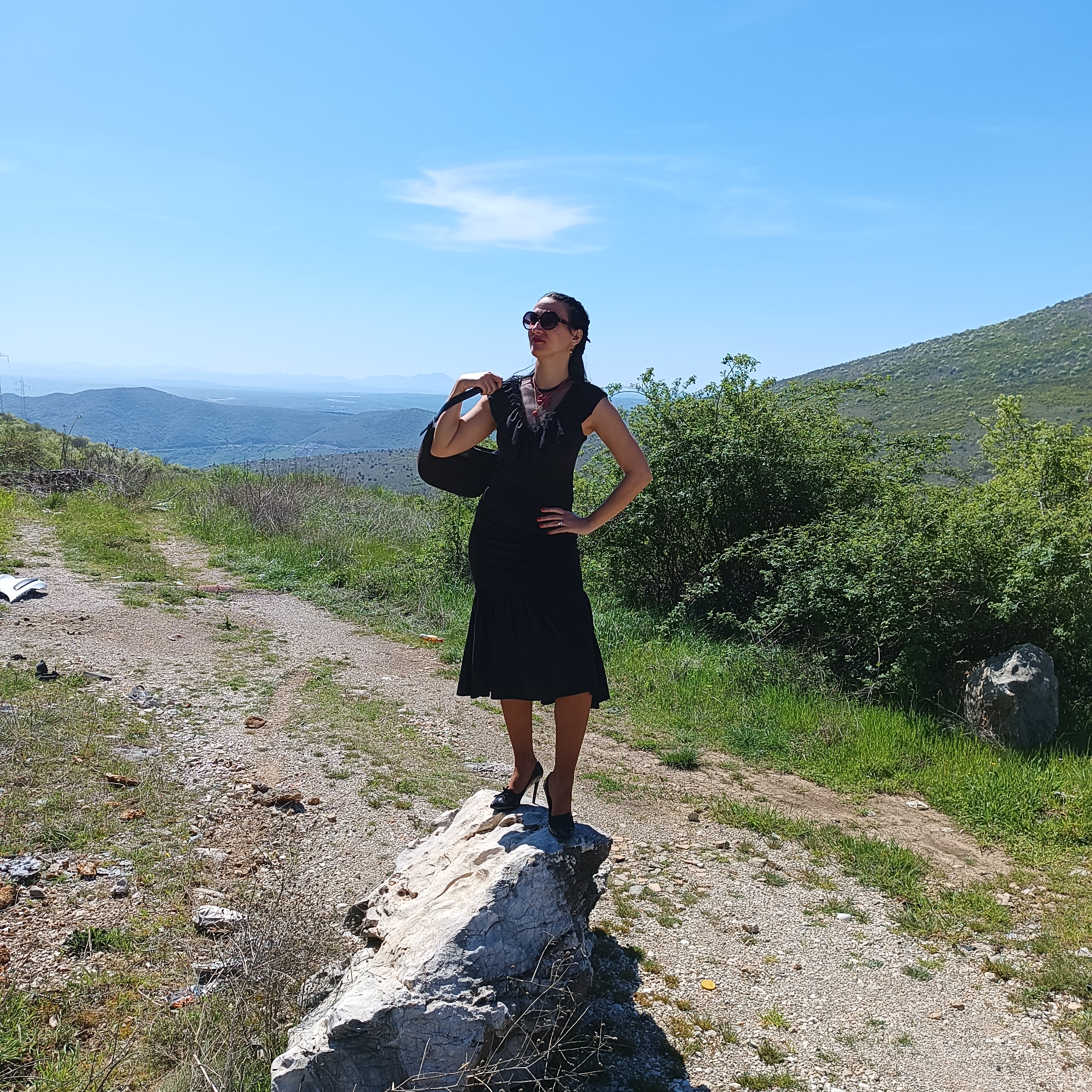





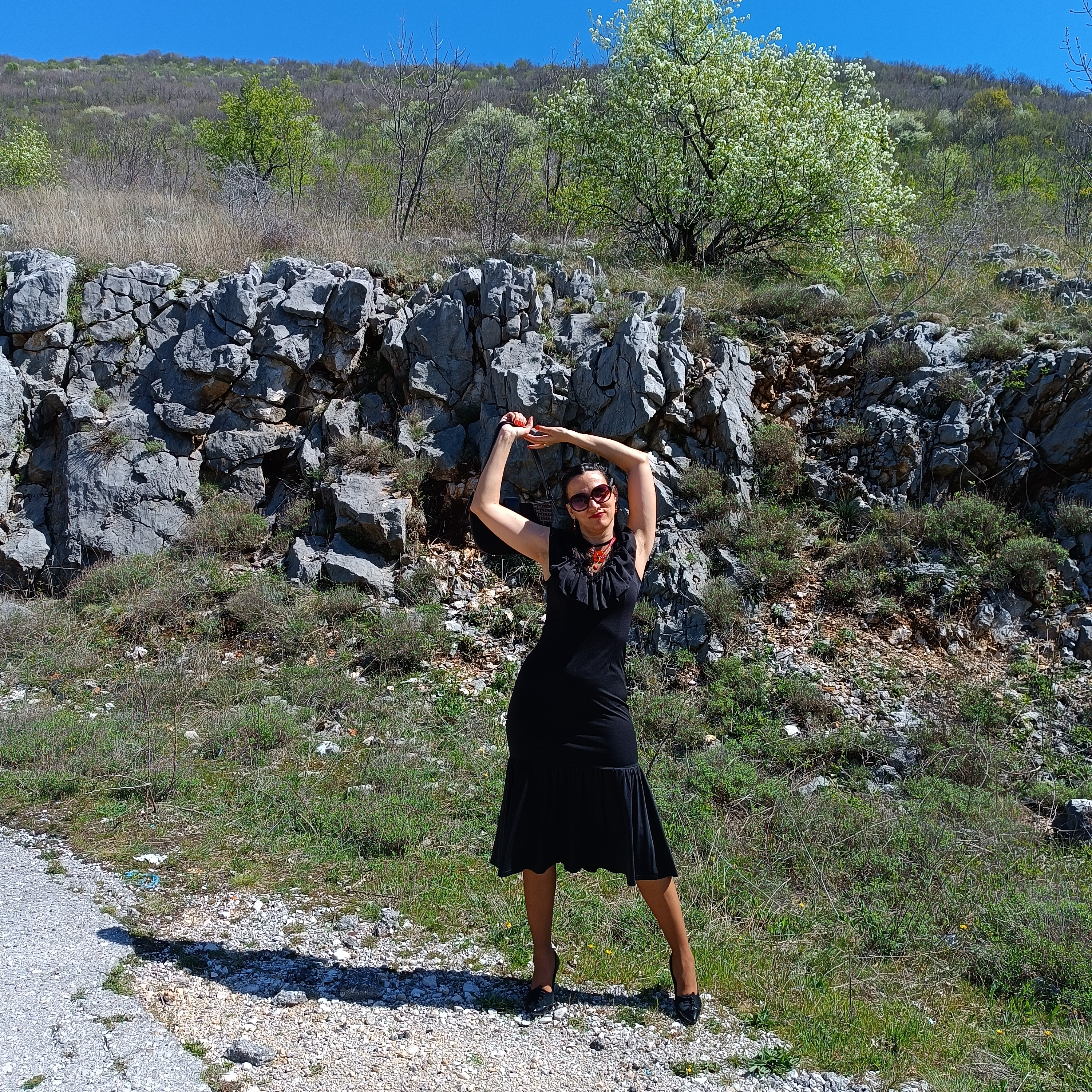

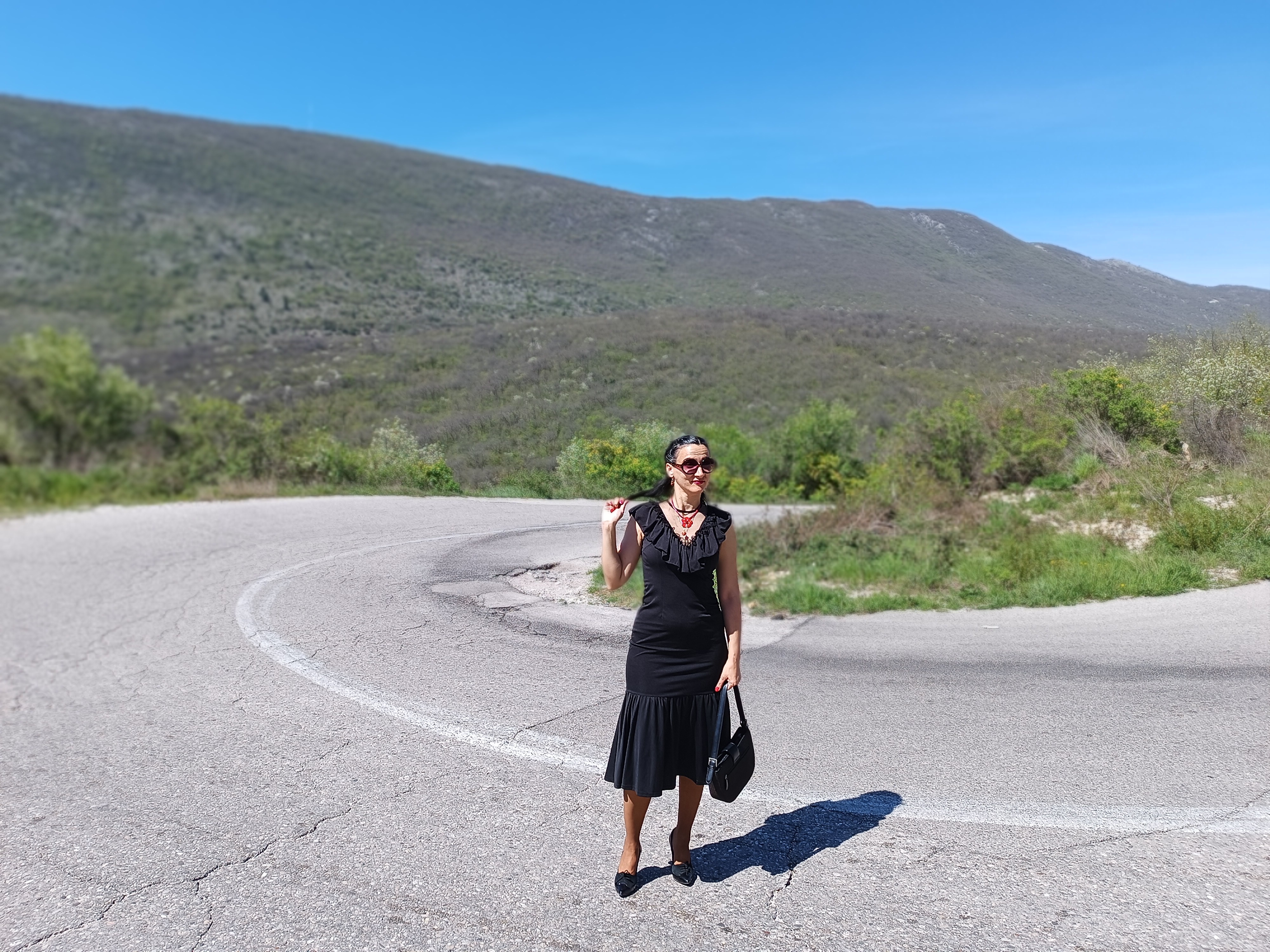













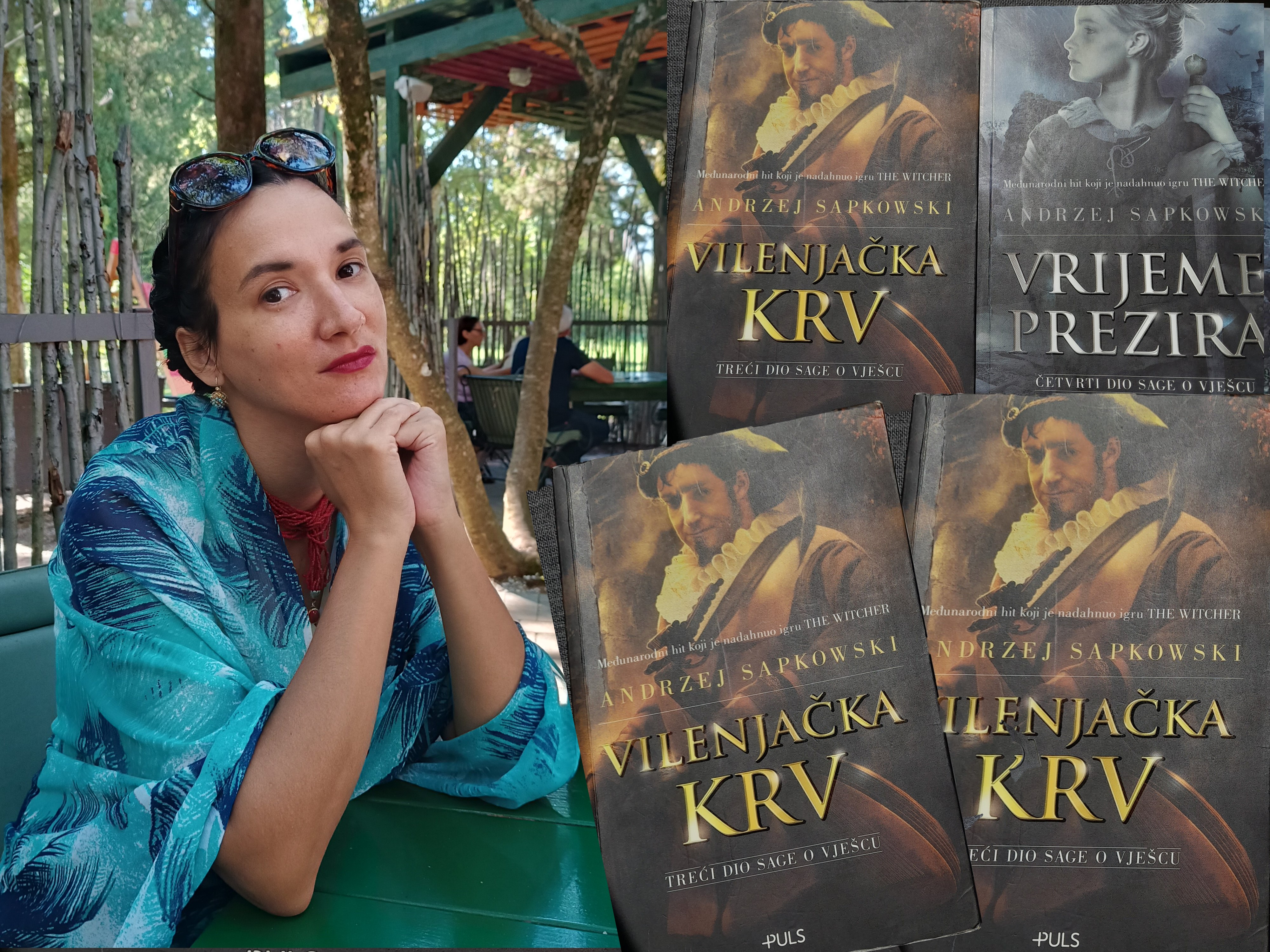
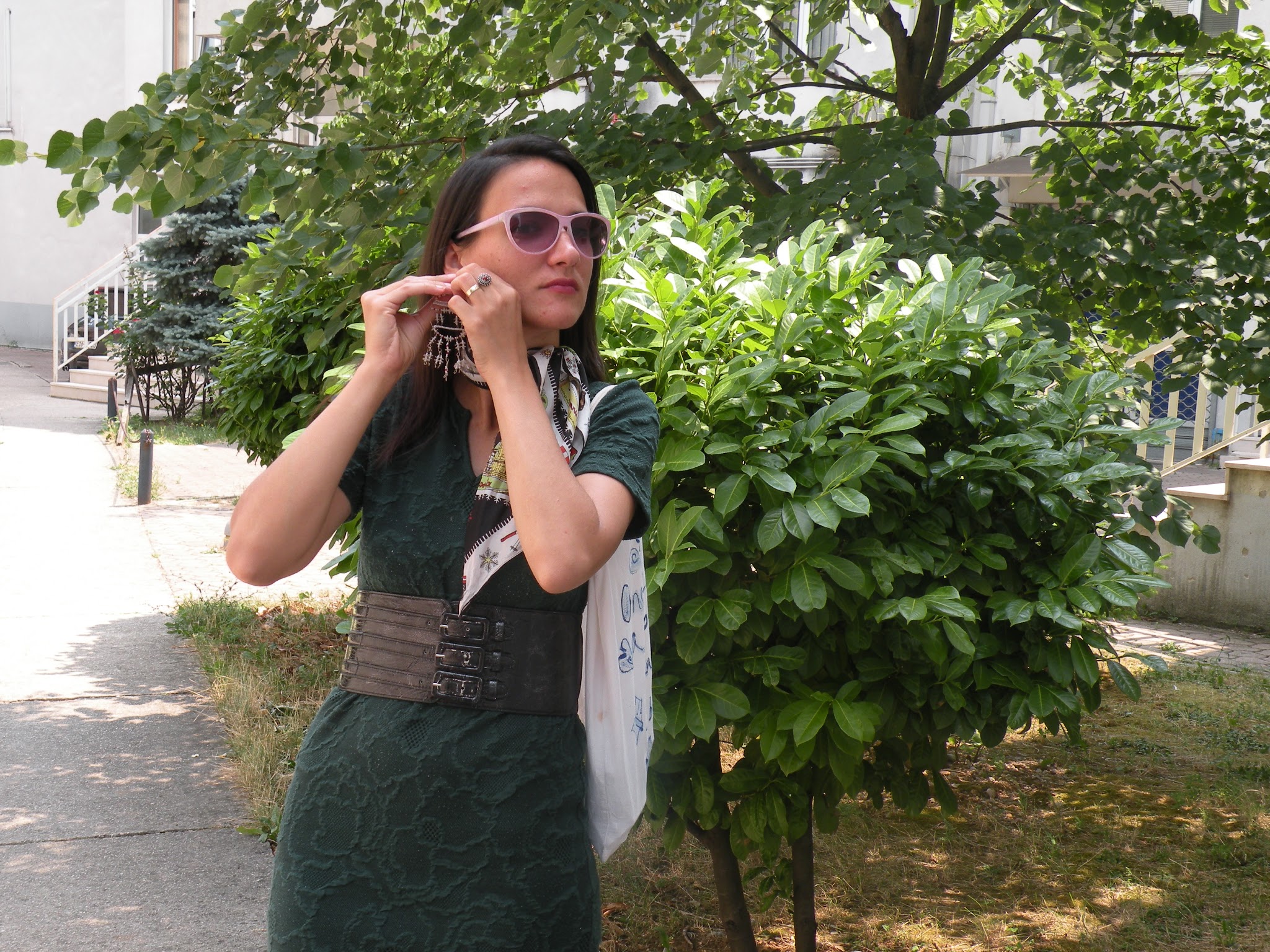






Oh, such great photos for the post! And a great topic as well. Although, I still find myself shocked here in a America how the power of supposedly persuasion has leaned us back in to perhaps a rewind in politics. Have we not learned anything from before. For a modern world, we seem to be bogged with many old ways waiting for a catastrophe. I'm sure I don't read enough nonfiction. Usually, it's on health, sewing or crochet. Thanks so much for the post. Definitely, a trending topic.
ReplyDeleteThank you Ellie!
DeleteYou're right about the state of world....I'm afraid we haven't learned much.
DeleteSo great to see your review. And NONFICTION too. There always tends to be a movement in theory and yet many are closed to an open mind, too. And sometimes, we are right back where we started. Love your photos! You are so insightful. Thank you for you comments too. All the best to a lovely May and much happiness🩷🍧💕
ReplyDeleteThank you:)
DeleteYou took great photos and the post is nice to read.
ReplyDeleteThis comment has been removed by the author.
DeleteThank you. Did you use to have a different user name? I think I remember your other blog.
DeleteThe dress is brilliant, it suits you incredibly well.
ReplyDeleteThank you, it's a very practical dress, it looks great worn with anything!
DeleteLindo vestido. Gracias por la reseña. Te mando un beso.
ReplyDeleteThank you:)
DeleteSome great finds. You look great.
ReplyDeleteThank you:)
DeleteYou look stunning my dear! The bread idea was really great and well thought out :-)
ReplyDeleteThank you dear:)
DeleteDivne slike, draga, ta haljina je predivna i mnogo ti lepo stoji! <3
ReplyDeletehttp://www.couture-case.com/
Hvala draga:)
DeleteYou look absolutely gorgeous in that black dress, Ivana, the shape is so glamorous and elegant. Your canine friend is very handsome! xxx
ReplyDeleteHe's a sweet boy. I hope to see him again. I met him on one of our walks in the winter and he followed us around all day. This time, he just sat next to me, hoping I'll make the first step and pet him. He was so sweet.
ReplyDeleteSounds like an interesting book! I've collected vintage paperbacks - both fiction and non-fiction - for many years and I certainly would have picked up this one too. The cover on its own is a true time capsule! xxx
ReplyDelete